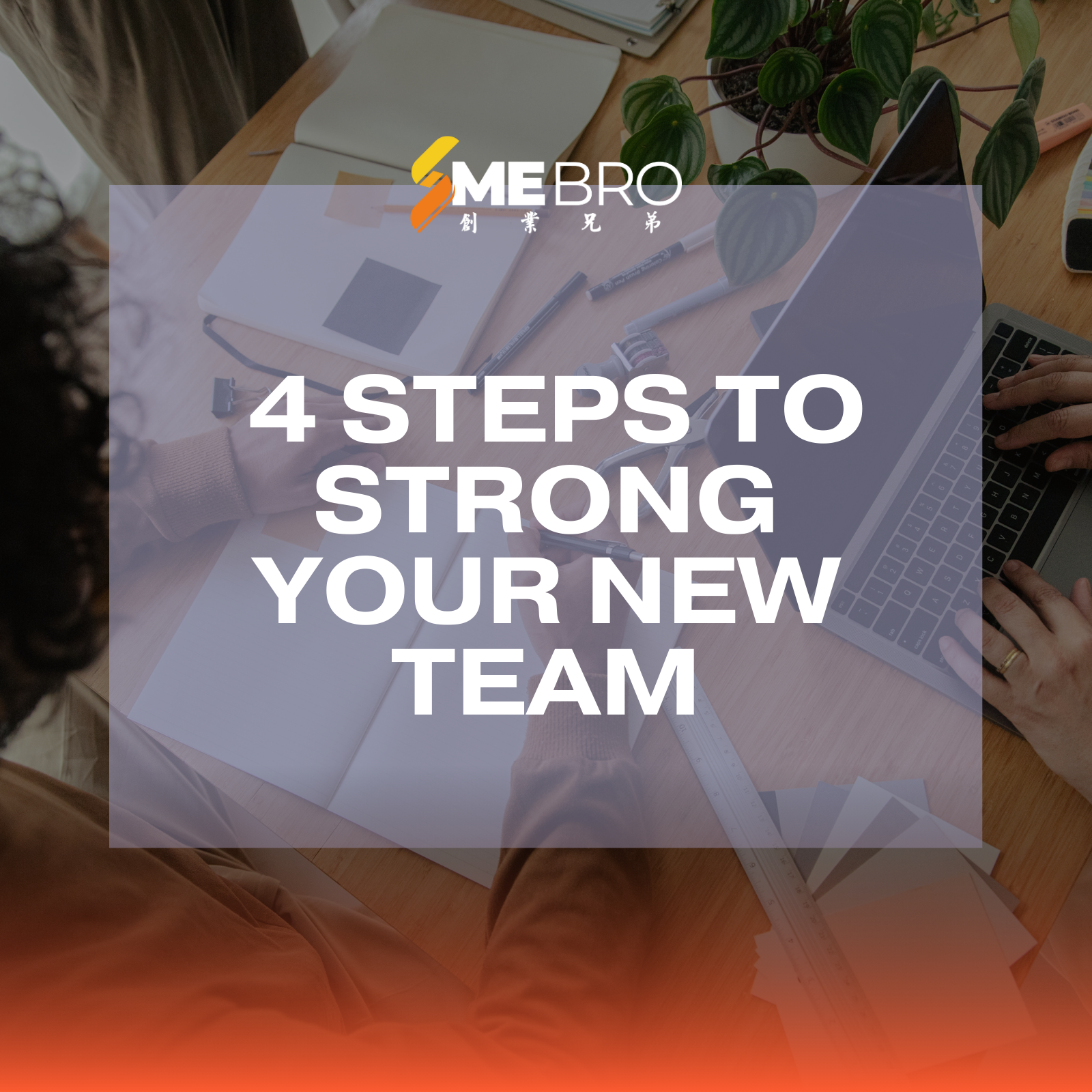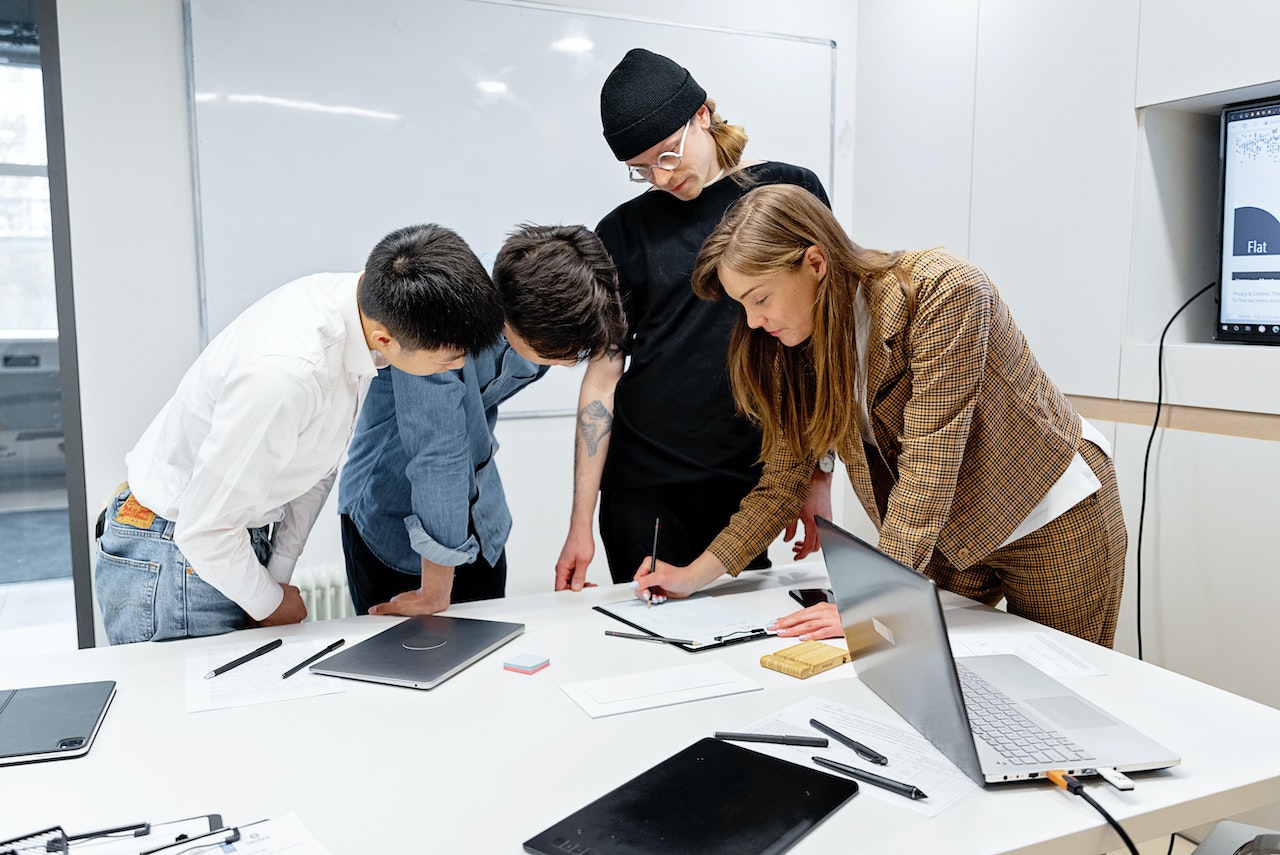News

4 steps
4 Simple Steps to Start Strong with Your New Team
Transitioning to management brings a different set of responsibilities. Instead of coding directly, you’ll now guide your team to create high-quality tech products and systems.

business to the next level
Top 12 Gratitude Activities for Employees
Positive psychology is needed in the world of work to ensure that every employee has positive emotions, cares about their well-being, and that these positive factors can contribute to their meaning...

business to the next level
Best 10 Wellness Activities for Team That They Will Love
Office needs do not only focus on income, work needs, and also paying according to employee rights, but with employee wellness in mind. Every employee wellness program is important in many companie...

business to the next level
15 HR Skills That Every HR Professional Needs
Human resource management is needed by every organization to help improve the effectiveness in the work environment. HR management ensuring high performance standards, improving company morale, res...

business to the next level
Basic Guide About Team Building Objectives and Goals
Team building is an activity and method that is needed in every organization. In general, team building will help you to identify and develop talents. If there are employees with good skills, they ...

business to the next level
12 Employee Shout Outs to Give Thanks to Your Coworkers
Recognizing and appreciating the efforts of employees is crucial for maintaining high morale and fostering a positive work environment. In every organization, acknowledging individual and team cont...

Entrepreneurship
Employee Recognition Examples for Your Business Progress
Every company competes to get the best industrial talents and retain them for the company's progress. But what companies don't pay attention to is that they think more about selecting the best tale...

Entrepreneurship
15 Unique Icebreaker Games For Small Groups
Office work can sometimes increase tension and stress among employees. If you are in a small group, of course you can see and feel the effects of high tension from employees and this can affect the...

management
Top 20 Qualities of A Good Leader You Need to Know
You may have heard the phrase that someone is a born-leader. They are people with high charisma, are innately extroverted, and know how to be leaders. But being a good leader is so much more than t...
